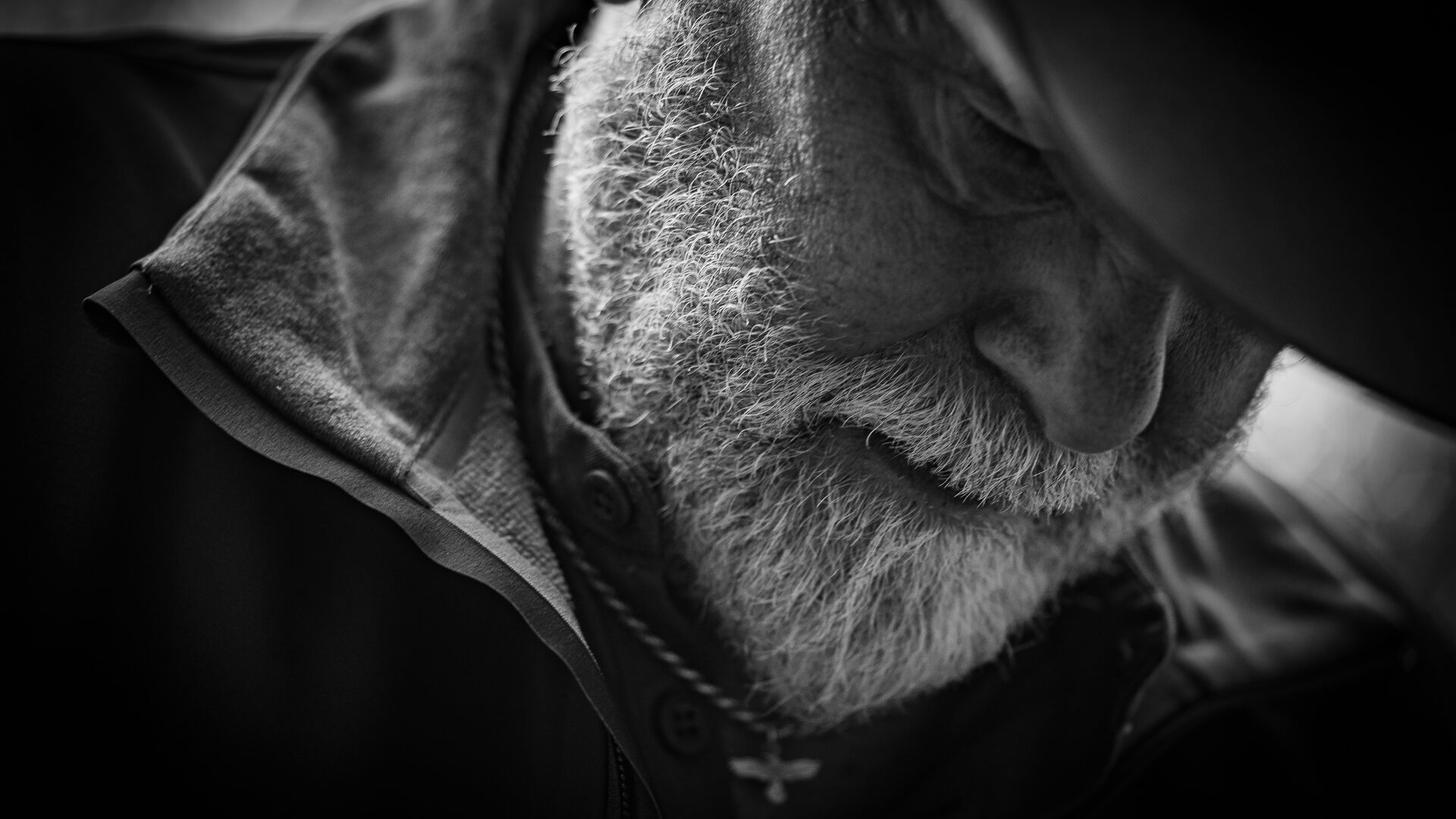After four trips to Africa you start to feel a little more at home while you’re there; more relaxed. It’s a, you’ve been there, done that, kind of feeling. That does not mean the rules do not apply or that the trophies come easier.
My hunting partner Len Waldron had just taken his first African animal and he was on cloud nine. It was our first day afield with Fort Richmond Safaris and we were heading back to camp when our PH spotted a herd of black wildebeest. After watching them through the binoculars, as they grazed in the open savannah, I decided I might like to have one of them ugly things on my wall.
Admittedly, I didn’t think much about how we were supposed to get close enough to shoot one.
The stalk began from about 1000 yards. At first we were walking and that was okay. Then, as we moved to within their sight, the upright walk turned into a duck walk, then a high crawl. The last 150 yards was a belly crawl up to the last bit of cover. The range was 360 yards, I was sitting with my back to a tree, looped up in my Galco Safari Ching Sling and the rifle was rested on adjustable shooting sticks. I figured this was going to be easy. Yeah, I’d of liked to have had another 100 yards but I’d done this before. I applied the proper hold-over on a nice bull and squeezed the Timney trigger on the Forbes rifle in .35 Whelen.
And then, all the wildebeest ran away.
I was a bit dumbfounded, wondering how I could have missed. But, when we walked out into the open grassland I realized what had happened. I’d estimated the wind at about 3 mph but as we neared the location where the bull had been standing we could feel it gusting to 15 mph or more. As always, the miss was my fault. (Confidence is a good thing. Over confidence, not so much.)
The PH radioed the tracker to bring the truck around. At about a mile we picked up the reflection of the sun on the truck but a dust cloud soon obscured the reflection. The herd was headed back our way. I dropped into a seated position, looped up and told the PH to identify a good bull when they came by.
Fortunately, surprisingly, the herd stopped. As the dust rolled in around them the PH said, “Forth bull from the front.” And, looking through the range finder, Len said, “254 yards.” I held the glowing green dot in the Trijicon scope a tad bit high and touched the Timney once again. The recoil rocked me and when the rifle settled, the herd was flashing through the scope. Again!
Len said, “Damn! He went down like he fell in a hole.”
Walking across the open veldt Len said, “Good shot. You made up for your miss.”
Tired and sweating I remarked, “Ant no making up for a miss but its never over until the sun goes down.”
And that’s when our PH, who never really said much at all, said, “Well, you were cutting it awful close.”
Seven days later I would repeat this last hour, last minute exercise on a free-range kudu bull. Looking back, I’m not sure I’d want it any other way. Nothing like capturing an African sunset in a trophy photo and, I’m convinced, when you cut it close, the whiskey always tastes a little better.


